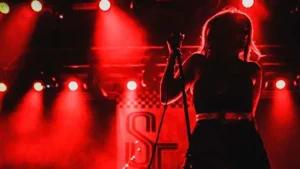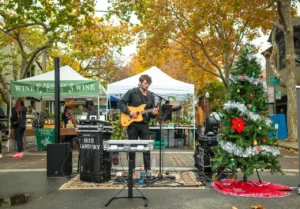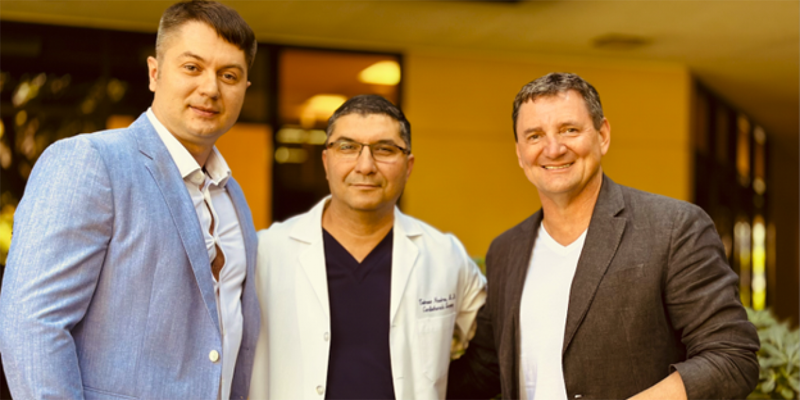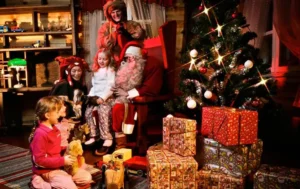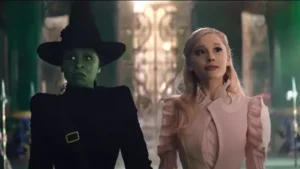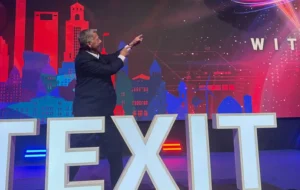Sabrina Davis lost her father in 2023, and at first the teenager was reluctant to join a program that helps youth grieve through art.
“My mom [asked] if I wanted to be a part of the group,” said Davis, now a 17-year-old high school senior. “I was hesitant because I didn’t want to meet a bunch of strangers and talk about these feelings. After my first session I was riveted and felt I could be vulnerable. I was able to make friends with people who had [also] recently lost a loved one. My other friends haven’t gone through something like this and don’t always know what to say.”
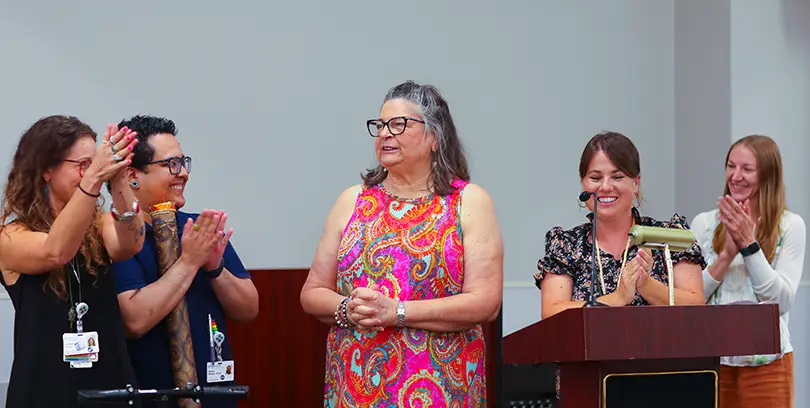
Studies show that experiencing the death of a loved one, such as a parent, is among the most traumatic events a child can experience. Evidence shows that the way a child reacts to, and processes, grief is heavily impacted by the adults in their life who help them navigate the loss.
A children’s art therapy support group run by Sutter Health Foundation is helping kids who have experienced profound loss — like the death of a parent — process their grief through art. The 10-week program offered by Sutter guides children ages 4-17 as they grapple with death by engaging in art projects alongside trained therapists.
The Children’s Bereavement Art Group is a free service (no Sutter affiliation or insurance required) offered in Sacramento, Roseville and Yuba County that has served over 16,000 children since its inception in 1985, according to Lyndsey Rocca, a marriage and family therapist and an expressive arts therapist who has worked in the program for over three years. Three age groups meet over a 5-month period to ensure the kids have a safe space to grieve among their peers.
CBAG was founded by Peggy Gulshen, a marriage and family therapist, and a board certified registered art therapist who saw a need for children who were grieving to have an outlet for their emotions and to engage with other children with similar circumstances. “I knew there was a hunger for seeing other kids that this had happened to, “ said Gulshen, who retired in October 2024.
The program incorporates the whole family and the child’s background, according to Gulshen. “We consider the child’s ethnicity, culture and belief systems and then we work with the family to find out what behaviors they are seeing. The first call is with the parent to explain that inclusive to the program is talking about death and dying, that’s one of the prerequisites.”
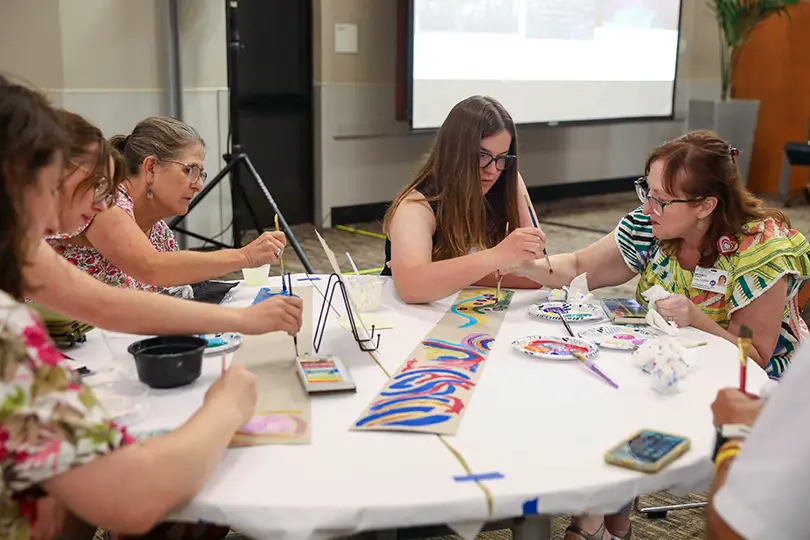
The art is designed to be age appropriate and to give young children a voice, Gulshen noted. “For younger children this might be a drawing with markers and then having a volunteer write the story that the child drew. They draw a memory of the person who died and then a volunteer writes down the story and reads it back to them, and this feedback loop is really incredible at getting them to understand the death,” Gulshen said.
Rocca noticed that the program helped normalize the grief process for the kids. “We start to see the kids, instead of hiding feelings — like guilt, regret or anger — being able to speak very proudly: ‘This is my anger,’” she explained.
Volunteers play a role in the therapy and often have their own childhood trauma to reference, said Linda Kingsley who has been volunteering in the Sacramento location for 17 years. “My mom died of cancer when I was 8 years old and I never had any support groups or healing, we just soldiered on. I felt a connection with what these kids are going through and I realized I was healing right alongside them.”
Activities are designed to address trauma and include clay sculpture and vision boards according to Kinsley. “They might do a collage of the person who died, make puppets or grief masks or create a grief weaving. … The weaving integrates the right and left brain by combining cut paper and written words woven together incorporating language — which is [a] left-brain function — with art, a right-brain function,” Kingsley said.
This program helps the whole family to open up and heal according to Rocca. “So often in our society, grief is something that takes place in the shadows. When the kids feel more confident and accepting of their own grief process it helps their caregivers to share more openly about theirs.”
As for Davis, she had such a positive experience that she now volunteers with the younger children and hopes to study psychology in college. “I have a passion to help others so I was really eager to tell these kids about my [experience] and be there for them,” she said. “Turning such a sad event in my life into something good.”
*****
This story is part of the Solving Sacramento journalism collaborative. This story was funded by the City of Sacramento’s Arts and Creative Economy Journalism Grant to Solving Sacramento. Following our journalism code of ethics, the city had no editorial influence over this story. Our partners include California Groundbreakers, Capital Public Radio, Hmong Daily News, Outword, Russian America Media, Sacramento Business Journal, Sacramento News & Review and Sacramento Observer. Sign up for our “Sac Art Pulse” newsletter here.
By Lisa Thibodeau


